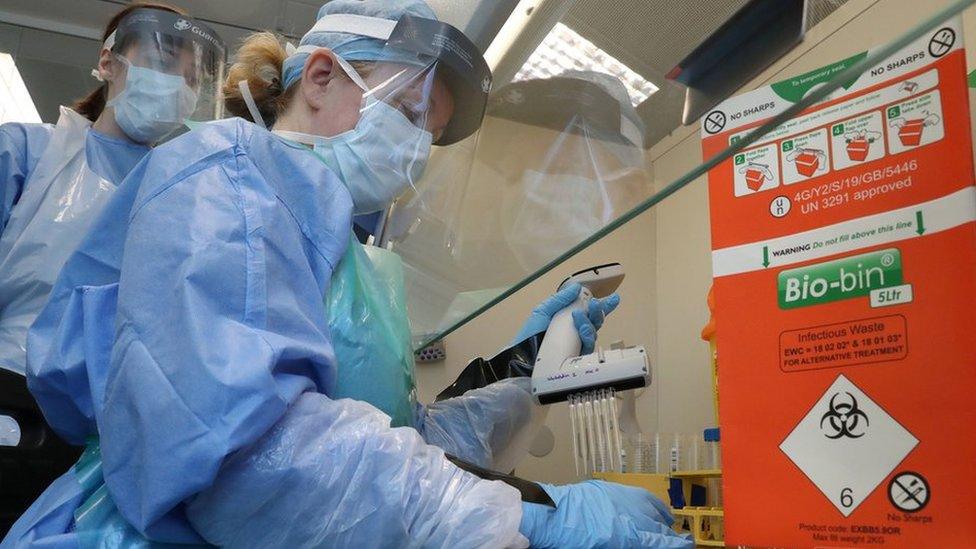Coronavirus: Scottish test, trace and isolate system 'in place by end of May'
- Published
- comments
The first minister said it is likely the public will be asked to "stick with lockdown for a bit longer".
The Scottish government hopes to have a testing and tracing system to suppress coronavirus in place by the end of May.
Testing for the virus has already been ramped up across the UK as laboratory capacity has increased.
Now a new paper, external has set out how the Scottish government plans to use this to suppress Covid-19 when lockdown restrictions start to be eased.
Thousands of contact tracing staff are to be taken on, and new digital tools including an app are being developed.
First Minister Nicola Sturgeon said the testing and tracing strategy would work alongside other virus suppression measures, including physical distancing, hand washing and the use of face coverings.
However, she said moving to this phase "depends on suppressing the virus to as low a level as possible", warning that there will be "no quick fixes".
She urged people to "stick with" the current lockdown, saying that easing up early could "extinguish the light at the end of the tunnel".
The Scottish and UK governments are working on plans to gradually ease the restrictions on everyday life which were imposed in March to slow the spread of the virus.
Ms Sturgeon has warned that lockdown will not be lifted in a "flick of the switch" moment, and that a "new normal" will have to be established until a vaccine has been developed.
The latest review of the lockdown is due this week, but the first minister said the infection rate "remains too high right now to make any meaningful change without risking the virus running quickly out of control".
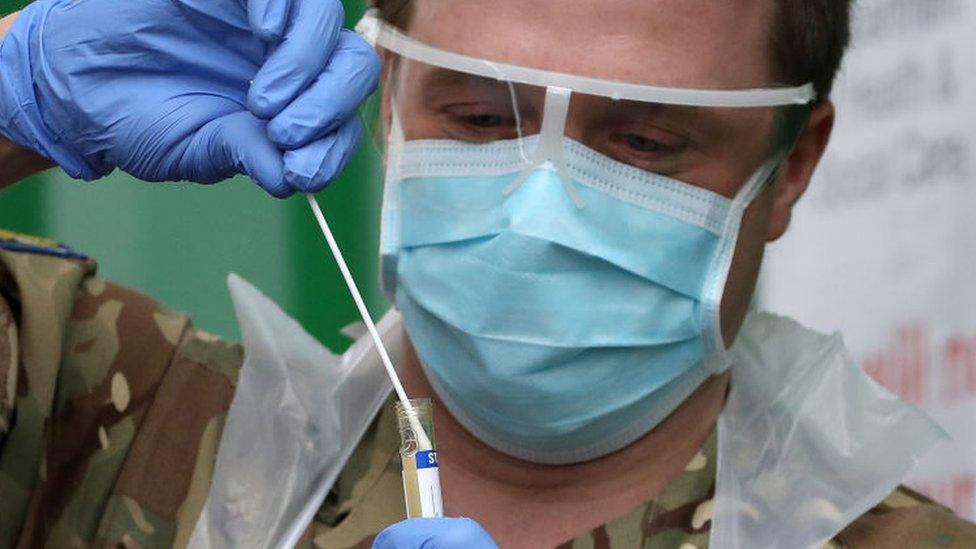
The Army is playing a role in the expansion of testing
The Scottish government paper says a "test, trace, isolate, support" approach will be a "key aspect" of the next phase of the battle against the virus, and says targets having health boards ready to deliver it across the country "by the end of May 2020".
It says tracing will be used to identify the close contacts of people who have tested positive for the virus, who may have had it transmitted to them.
This will include everyone who has been within two metres of a confirmed Covid-19 patient for 15 minutes or more.
These people will then be asked to go into isolation for 14 days to reduce the risk of the virus spreading further.
A support system for people in isolation will be implemented, modelled on the current "shielding" group.
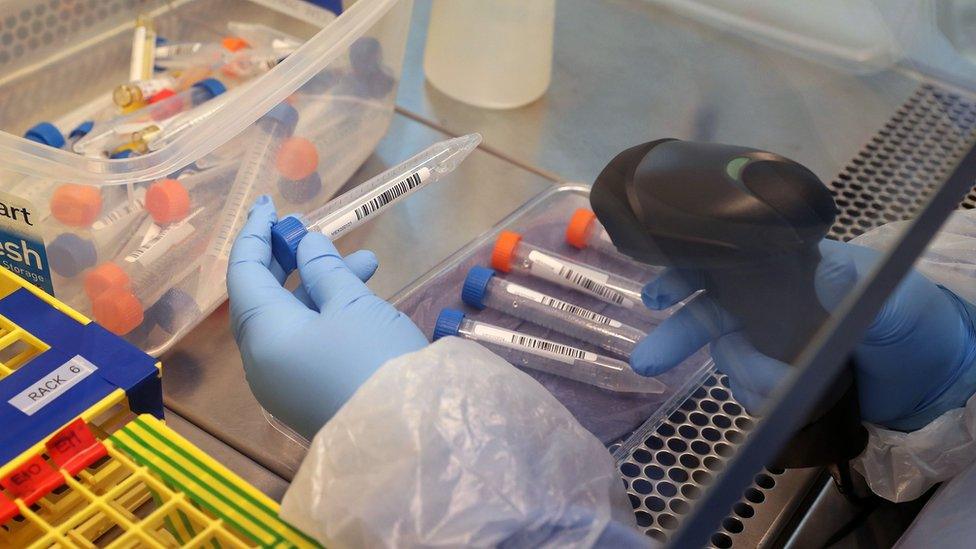
Coronavirus testing will need to be expanded further to pursue a tracing and isolation system
The paper notes that "people may face self-isolation not just once, but on repeat occasions".
Ms Sturgeon said: "It is important to stress that 'test, trace, isolate' will be most effective when levels of infection are low - lower than now - and stay low, and that its success relies on all of us knowing and agreeing what to do if we have symptoms, and being prepared to self-isolate when advised to do so."
Work is continuing to increase the capacity for coronavirus testing, with the paper noting that 15,500 tests per day will be needed to pursue a "test, trace, isolate" strategy.
Around 2,000 extra staff will be taken on to run the contact tracing system.
A number of digital tools are being developed to help with this, including an app which people could download to their phones which could alert them if they have been near someone who later tests positive.
However it is thought up to 60% of the population would need to use such an app for it to be effective, with Ms Sturgeon saying "old-fashioned contact tracing" would still be key.


Scotland needs to recruit a small army of "contact tracers".
Around 2,000 need to be in place for the end of May as Scotland gears up to move out of lockdown.
This is a skilled job. It requires speed to track down potentially infectious people before they pass on the virus, and sensitivity - posing personal questions about health and who people have met.
Who will they be?
It's my understanding that these contract tracing teams will likely draw on existing public and environmental health professionals. For example, those people who currently trace sexual health infections such as HIV.
There could also be a tiered approach, with a place for returning retired medical professionals and newly graduating students to supplement the core teams.
The scale of challenge is immense. The paper sets out that 15,500 tests a day could be needed in Scotland - and would clearly involve significant parts of the population being asked to stay at home for 14 days at time, perhaps on multiple occasions.
Test, trace, isolate, support will need understanding from employers and - most importantly - widespread cooperation from the public if it's going to work.


Ms Sturgeon said "real and significant progress" had been made in suppressing coronavirus, but she said it was "very likely that on Thursday I'll be asking you to stick with lockdown for a bit longer".
She said transmission in care homes "continue to be a big challenge", with a private care home in Skye the latest to suffer from a significant outbreak.
On Tuesday, the government is to set out further data about the infection rate and how quickly coronavirus is spreading in Scotland.
There have been 12,226 confirmed cases in Scotland so far. A total of 1,720 patients are in hospital with the virus, 99 of whom are in intensive care.
A total of 1,576 deaths of people who had tested positive have been recorded - although wider figures covering suspected cases have suggested the death toll is far higher.

A SIMPLE GUIDE: How do I protect myself?
AVOIDING CONTACT: The rules on self-isolation and exercise
HOPE AND LOSS: Your coronavirus stories
LOOK-UP TOOL: Check cases in your area
TESTING: Can I get tested for coronavirus?

- Published30 April 2020
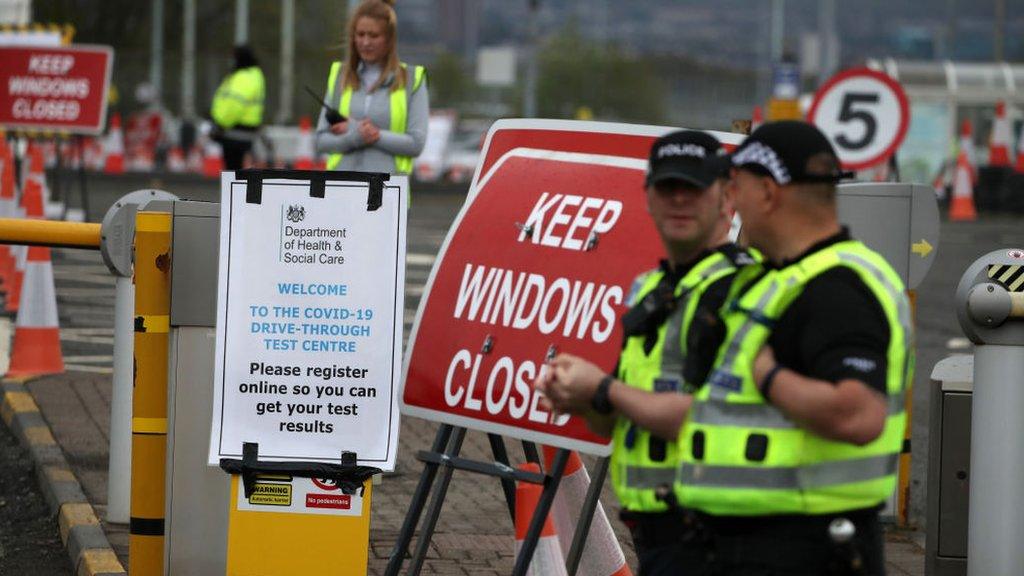
- Published5 August 2021
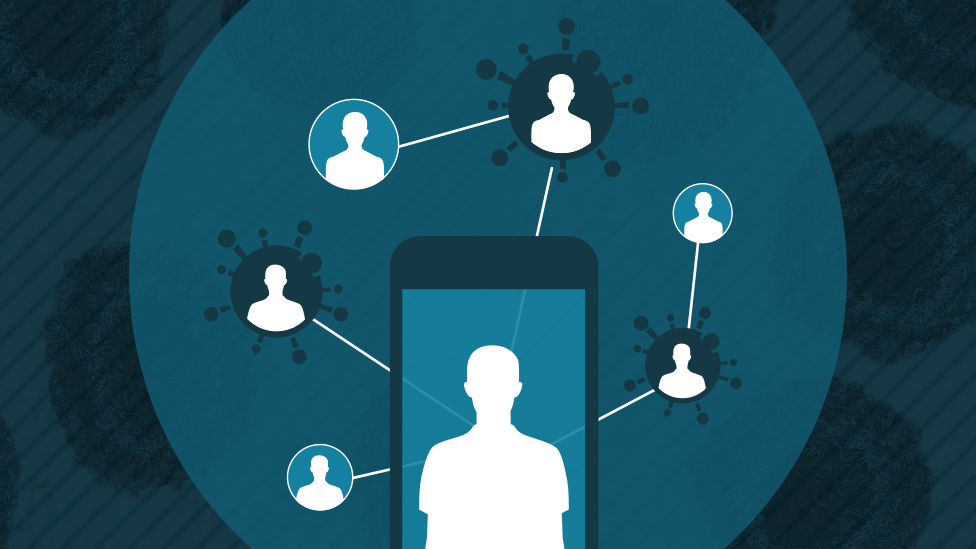
- Published1 May 2020
